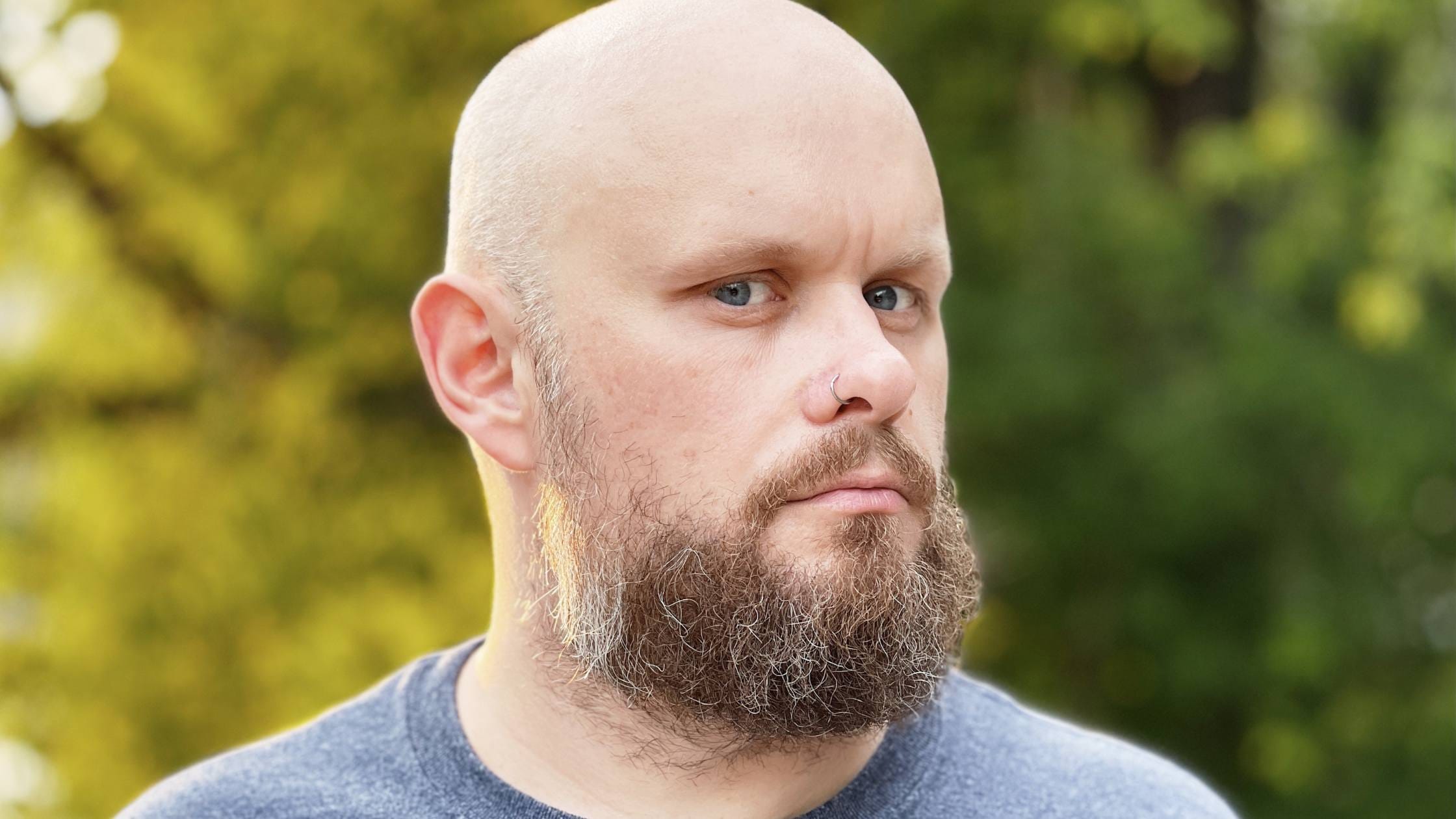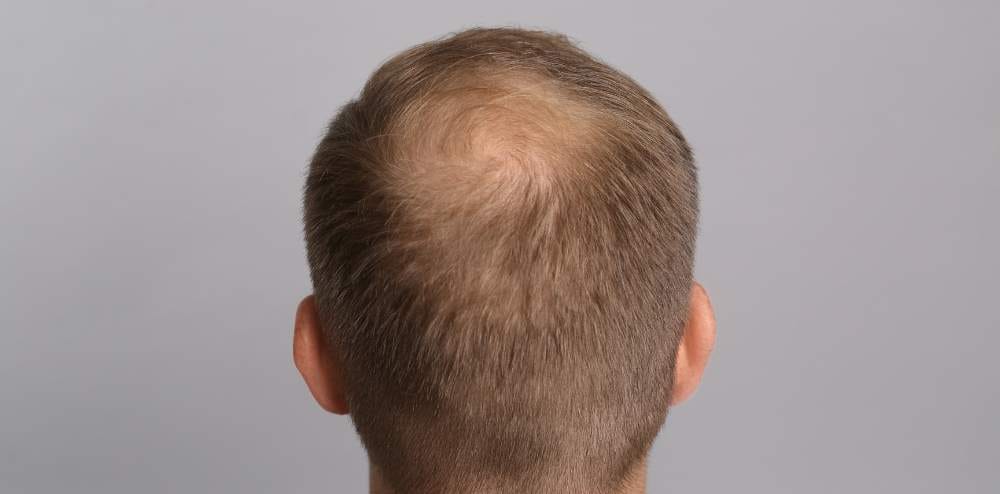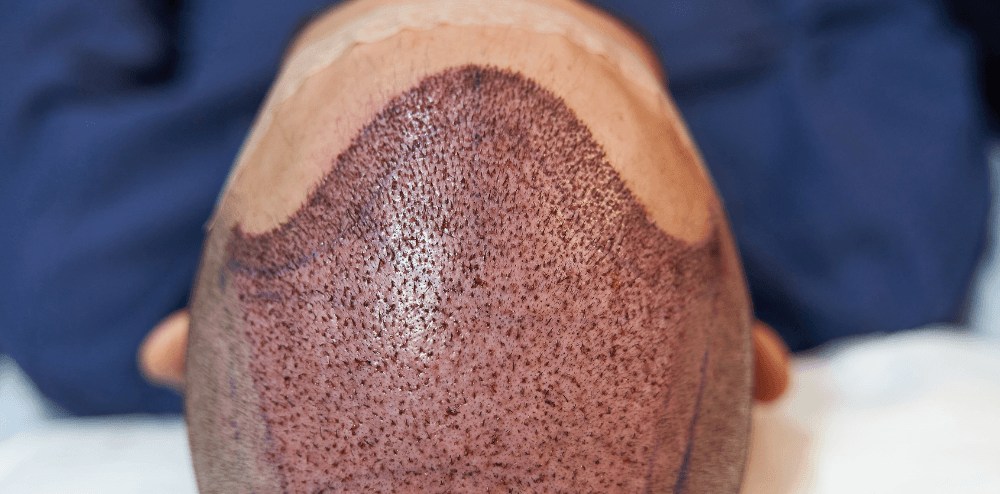Hair loss affects millions worldwide and it creates negative impacts on self-esteem while destroying a person’s confidence. Medical science has developed two advanced hair transplantation procedures known as Follicular Unit Extraction (FUE) and Direct Hair Implantation (DHI). The field has transformed through these procedures because they deliver outcomes that appear natural and maintain their effect for extended durations. Readers should understand both the operational mechanism and effectiveness characteristics of hair transplant methods. This piece studies the scientific elements of modern medical procedures.
The Foundation Demonstrates the Approach of Hair Transplantation
The fundamental operation of hair transplantation depends on donor dominance. People with pattern baldness possess hair follicles which show resistance to dihydrotestosterone (DHT) hormone because these follicles originate from the back and sides of the scalp. After transplanting these follicles to areas where hair loss occurs they continue to resist DHT hence maintaining permanent growth. The refined extraction, proper handling and surgical implantation of follicles remains the fundamental factor for achieving success in this procedure.
FUE: Precision and Minimally Invasive
Follicular Unit Extraction (FUE) stands as a top technical choice for extracting single hair follicles through the use of a micro-punch tool from the donor site. This modern technique enables better results because patients with FUT (Follicular Unit Transplantation) experience linear scarring and can choose this method for shorter hairstyles.Hence it suits those who need minimal scarring.
Surgeons make small cuts in the target area before placing the obtained follicles into them. The FUE method provides patients with minimal invasiveness and makes the recovery period brief while reducing treatment-related discomfort. Success rates of FUE depend on both the surgeon’s ability to protect the follicle’s structure during removal and his skills at correct placement for appropriate blood circulation.
DHI: The Next-Level Advancement
The DHI is an improvisation in hair transplantation. In DHI, extraction and implantation are combined into one step with the help of a specially developed tool called the Choi implanter pen. It reduces the time that the follicles stay outside the body, decreasing the possibility of impairment, and hence the survival rate of the graft increases.
It has unparalleled precision because the Choi pen enables surgeons to control the angle, depth, and direction of every follicle to provide a natural hairline and even denser coverage in patients with more advanced stages of hair loss. This is particularly useful for finer aesthetic results after surgery.
Why FUE and DHI Work
Both FUE and DHI apply the science of graft survival. Hair follicles are living tissues and their growth requires a good supply of blood. Proper placement by both these techniques means quicker healing and better assimilation of the transplanted follicles, whereby in due course of time the grafts get a new blood supply that makes them grow naturally and permanently.
Conclusion
With FUE and DHI techniques among others, one can be able to get natural-looking and long-lasting results that tend to their very specific needs. Understanding the technical and medical sides of such procedures empowers these individuals to make informed decisions and appreciate the transformation courtesy of modern hair restoration.







